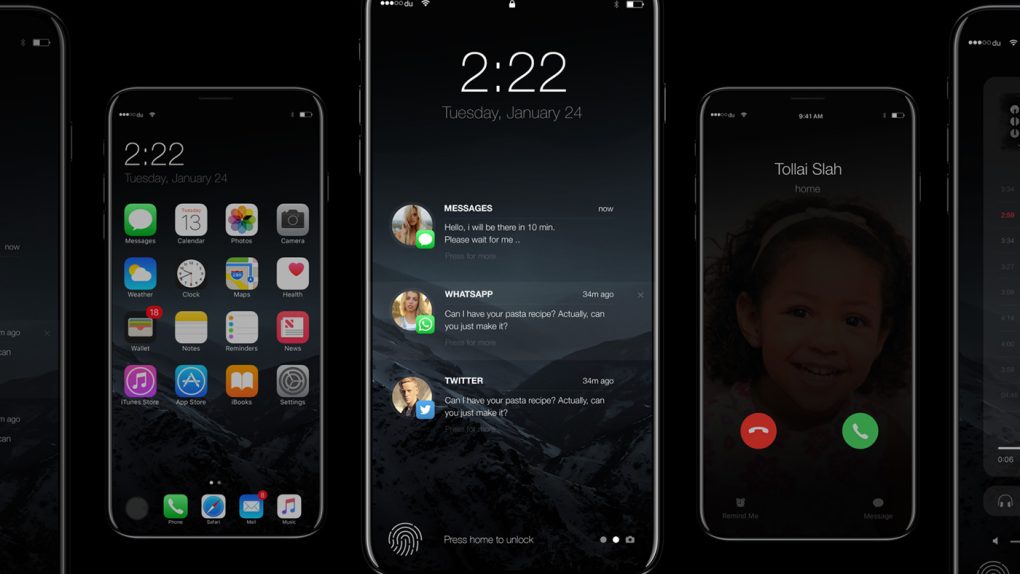Apple’s upcoming iPhone 8 is without question the company’s most anticipated product in years. Said to feature an edge-to-edge OLED display, the hype surrounding Apple’s next-gen iPhone seems to get more intense with each passing month. And with good reason: the iPhone 8 will introduce a radical new form factor, a welcome change in light of the fact that the current iPhone design has more or less remained unchanged since Apple rolled out the iPhone 6 in 2014.
Typically, Apple introduces a new iPhone model in September, but rumblings from the rumor mill have suggested that the iPhone 8 will see a delayed launch, with some reports indicating that the iPhone 8 release date will be delayed until November. And though a Digitimes report from earlier in the week claimed that Apple will get a handle on iPhone 8 production by September, a new research note from reputed analyst Ming-Chi Kuo says otherwise.
Though iPhone 8 rumors are a dime a dozen these days, it’s always worth paying close attention to Kuo’s research notes. Indeed, no other analyst on the planet has as track record as long and as accurate as Kuo. That said, Kuo’s most recent note, obtained by MacRumors and 9to5Mac, relays that the iPhone 8 will be extremely hard to find due to “severe supply shortages.” So even if the iPhone 8 release goes down in September, it will reportedly take Apple some time to ramp up production.
That being the case, Kuo notes that “severe supply shortages may persist for a while after the new models are launched…” Far from a surprise, we have seen other reports claiming that the advanced 3D cameras Apple is planning on incorporating on its upcoming flagship iPhone will be in extremely short supply once mass production begins. Additionally, there have also been rumblings that Apple has experienced extremely poor yields on its advanced 5.8-inch OLED display.
With the iPhone 8 said to be in short supply this September, Kuo believes that Apple’s cumulative iPhone shipments will take a significant hit.
We are seeing more evidence that the worst-case scenario forecasted in our April 19 report could materialize, where new iPhone shipments in 2H17F are revised down to 80- 90mn units from 100-110mn units (vs. consensus of 100-120mn units).
…
While we are positive on potential replacement demand triggered by OLED iPhone, it’s too early to determine if demand will shift fully in that direction. We recommend investors keep tabs on the following issues: (1) whether the 3D sensor of OLED iPhone provides an innovative user experience; (2) whether OLED iPhone cancels Touch ID (fingerprint recognition); and (3) whether Apple’s competitors launch more innovative products which could compete with OLED iPhone in 4Q17-2Q18.
One question that remains unanswered centers on whether or not Apple will be able to incorporate the Touch ID sensor into the display itself or if it will place it on the back of the device.








